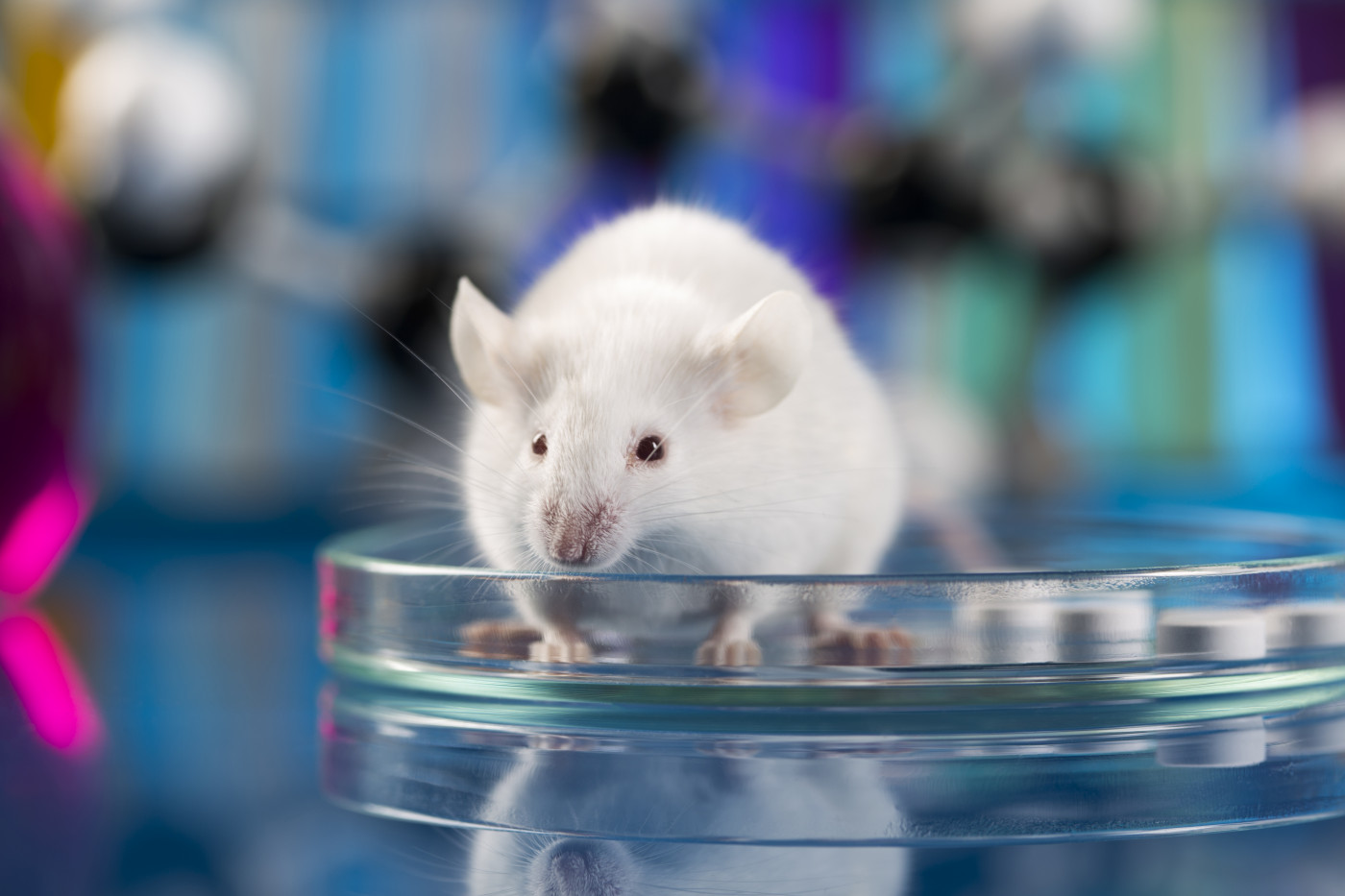Fresh Look at Mechanism Finds ‘Important Role’ in Factor VIII Regulation

A mechanism largely left unexplored was shown to help regulate factor VIII (FVIII) — the clotting protein that is missing or defective in people with hemophilia A — in a study in mice.
While early and preclinical work, it is reported to be the first study of this mechanism — one of two known to “turn off” this factor so that blood fails to clot — in an animal model of disease.
The study, “Activated Protein C has a Regulatory Role in Factor VIII Function,” was published in the journal Blood.
FVIII normally exists in the blood in an inactive state, bound to a carrier protein. When FVIII is separated from its carrier, it enters its active form, called FVIIIa, which actively promotes clotting.
Spontaneous separation of one of the three parts of FVIIIa, the A2 domain, was seen as the chief cause of the clotting factor’s inactivation. The importance of this regulatory mechanism is well-established; mutations that weaken the binding of the A2 domain to the other subunits cause some cases of hemophilia A.
Another mechanism also regulates FVIIIa: activated protein C (APC), another blood protein, can cleave FVIIIa. Lab studies have suggested that, while A2-domain dissociation occurs over minutes, APC cleavage takes much longer (hours). No human disorders are known to be caused by abnormal APC cleavage of FVIIIa.
Because of these differences, it has long been thought that A2-domain dissociation is the main mechanism for FVIIIa inactivation, with APC cleavage playing a comparatively minor role. Despite decades of research on FVIII, studies into the effects of APC cleavage never advanced from lab dishes to animal models.
Researchers at Children’s Hospital of Philadelphia decided to look more closely at activated protein C. They generated a form of FVIII that cannot be cleaved by APC, which they named FVIII-QQ. Various biochemical tests demonstrated that, while FVIII-QQ could not be cleaved by APC, it was similar to the wild-type (normal) protein in terms of clotting activity and A2-domain dissociation.
Then, the scientists turned to a mouse model of hemophilia A. Experiments showed that a dose of 10 micrograms per kilogram (mcg/kg) of normal FVIII was needed to normalize blood loss. The same normalization with FVIII-QQ required a substantially lower dose: 2.5 mcg/kg.
These data indicated that FVIII-QQ had greater efficacy at bleeding control than the normal protein — that is, it was better at promoting clots, presumably because it was resistant to inactivation by APC. Additional experiments using other models of injury were also in line with this idea.
Notably, when the mice were treated with an antibody that blocks APC, the normal protein showed an efficacy similar to that of FVIII-QQ, indicating that the greater effectiveness of FVIII-QQ was APC-specific.
“Our studies with FVIII-QQ show that APC has an important role in FVIIIa regulation in vivo,” the researchers concluded, adding that this mechanism of FVIIIa inactivation has long been thought to be relatively unimportant.
An in vivo study is done in a living organism, unlike an in vitro, or lab dish, study.
Researchers speculated that this finding could to help in developing new therapies for hemophilia A.
“Future considerations may be given to exploiting factor VIIIa resistance to APC to develop novel hemophilia A therapeutics, particularly gene-based therapies,” Lindsey A. George, MD, the study’s senior author and a physician at Children’s Hospital of Philadelphia with a specialty in hemophilia, said in a press release.






